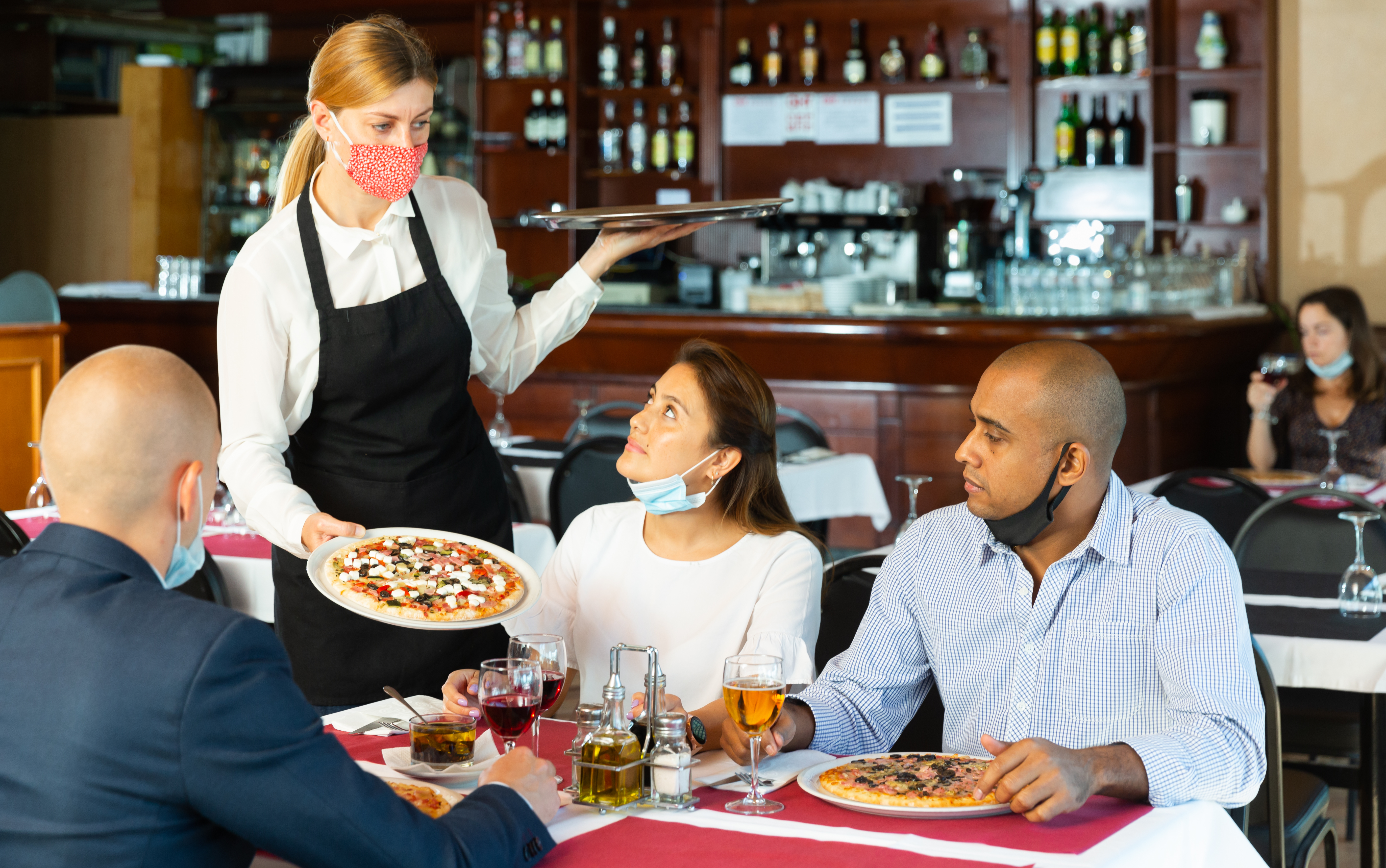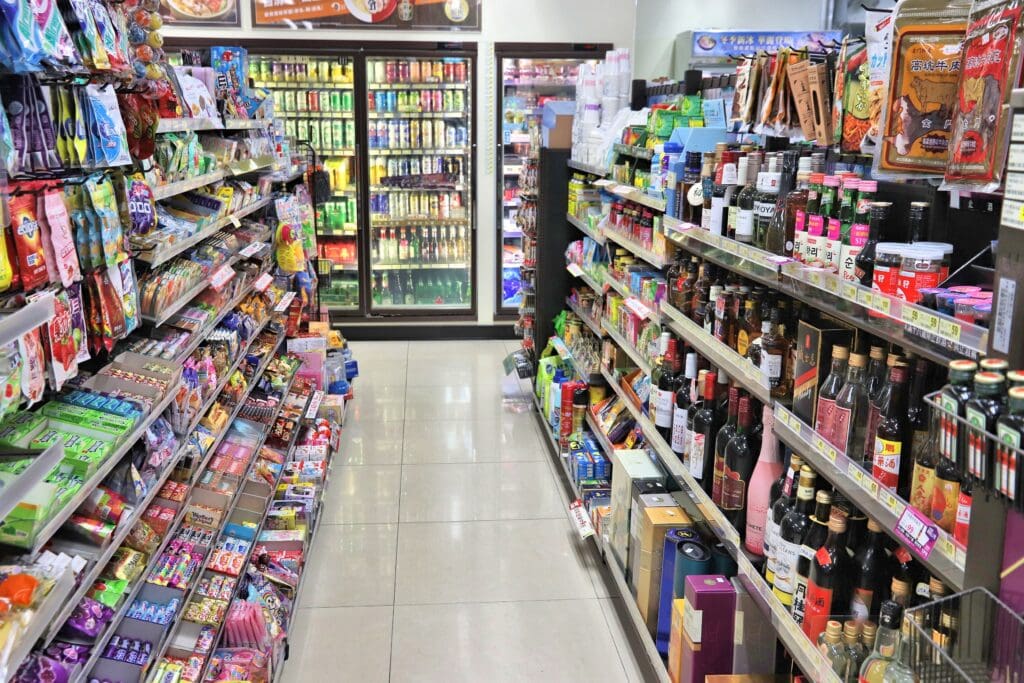Mobiquity has released results of a new Restaurant and Convenience Store Digital Impact Report. This new study explores how consumers are engaging with technology in restaurants and convenience stores as well as how this engagement affects loyalty, order frequency and in-store or in-restaurant traffic.
Mobiquity surveyed nearly 1,300 consumers across the U.S. who are 18 years of age or older in order to gain insight into their digital habits when it comes to ordering food, how these habits may change moving forward and what digital experiences still need improving.
Findings include that younger people have increased their digital engagement frequency the most in the past year, presenting the biggest opportunity for restaurants and convenience stores to utilize digital offerings that cater to this audience, encourage more occasions and earn their long-term business.
According to Mobiquity’s findings, the majority of consumers surveyed reported an increase in mobile and online ordering as well as the utilization of curbside services in the past year.
This is especially true among digital native generations, with younger customers nearly three times as likely to use mobile apps than those 56+. Because of this growing mobile usage, younger consumers are creating digital habits and developing strong preferences for brands that meet their needs.
Related: We’re Nearing a Return to Life with Others in Places We’ve Missed Since COVID-19
About 63% of consumers aged 25-40 will frequent a restaurant or convenience store that has digital offerings more often than ones that do not. Additionally, 44% of consumers in this age group have changed where they order food from because their usual place had subpar digital offerings.
With more than 70% of consumers aged 18-55 stating that they are likely to increase how often they order from a store if their mobile app is easy to use, restaurants and convenience stores may want to consider an overhaul of their outdated apps before it is too late.
“Restaurant and convenience store customers have rapidly adopted digital tools over the last year in order to safely interact with their preferred brands,” said Britt Mills, senior director of customer experience at Mobiquity.
“It comes as no surprise that younger generations of customers are more comfortable using mobile apps to order food. Our Restaurant and Convenience Store Digital Impact Report revealed that these consumers have built digital habits that will remain even as restrictions ease,” said Mills.
“It’s vital for restaurants and convenience stores to meet and exceed expectations when it comes to mobile apps to cement long-term consumer loyalty as competition grows,” said Mills.
More Insight from the Mobiquity Report
Additional findings of Mobiquity’s Restaurant and Convenience Store Digital Impact Report include: Digital ordering promotes customer loyalty: When it comes to continuing to order from a particular restaurant or convenience store, 82% of respondents agree that having an easy-to-use website is important and 76% agree that an easy-to-use mobile app is crucial.
Customers will switch allegiance for better rewards: 52 percent of respondents aged 25-40 changed where they order food from because another store had a better loyalty or rewards program.
Of the consumers surveyed, 71% were satisfied with delivery mobile apps, such as DoorDash, GrubHub, and UberEats. About 70 percent were satisfied with restaurants’ apps, 61% were satisfied with coffee shops’ apps, but only 53% were satisfied with convenience stores’ mobile offerings.
Contactless fueling could lead to increased C-Store visits: Among the 25-55 age demographic, the majority of consumers would visit a particular convenience store more if it offered them the ability to contactlessly fuel their car using a mobile phone (over 50%) as well as if they could earn fuel discounts via a mobile rewards program (over 70%).
Income has an impact on order frequency: Those in the lowest income bracket ($50k or less) are most likely to use an app to order food and be frequent users, making about 56 visits a year. That’s compared to consumers who earn over $100k per year who make about 36 visits in the same timeframe.
Click here for the full Restaurant and Convenience Store Digital Impact Report.





